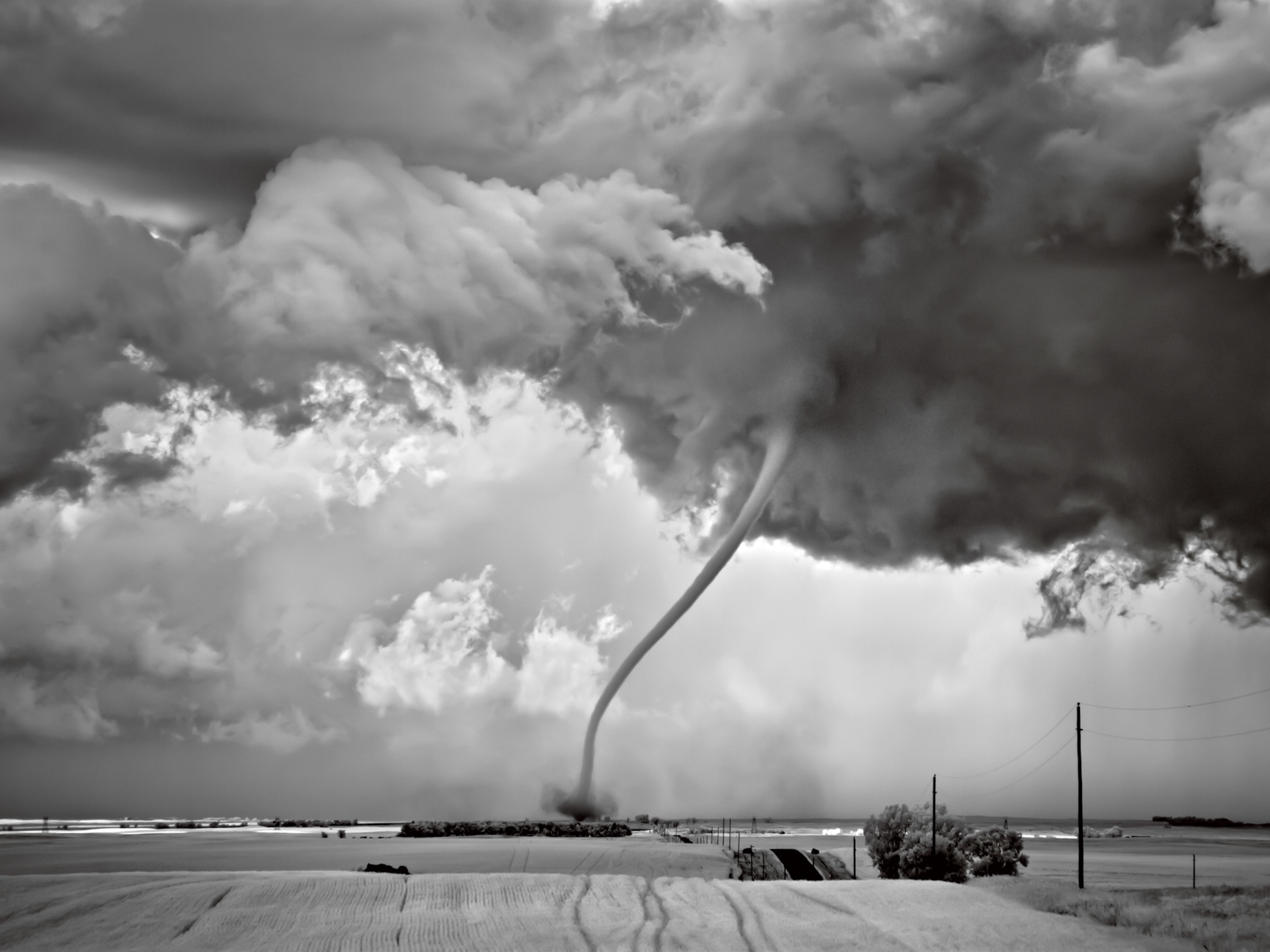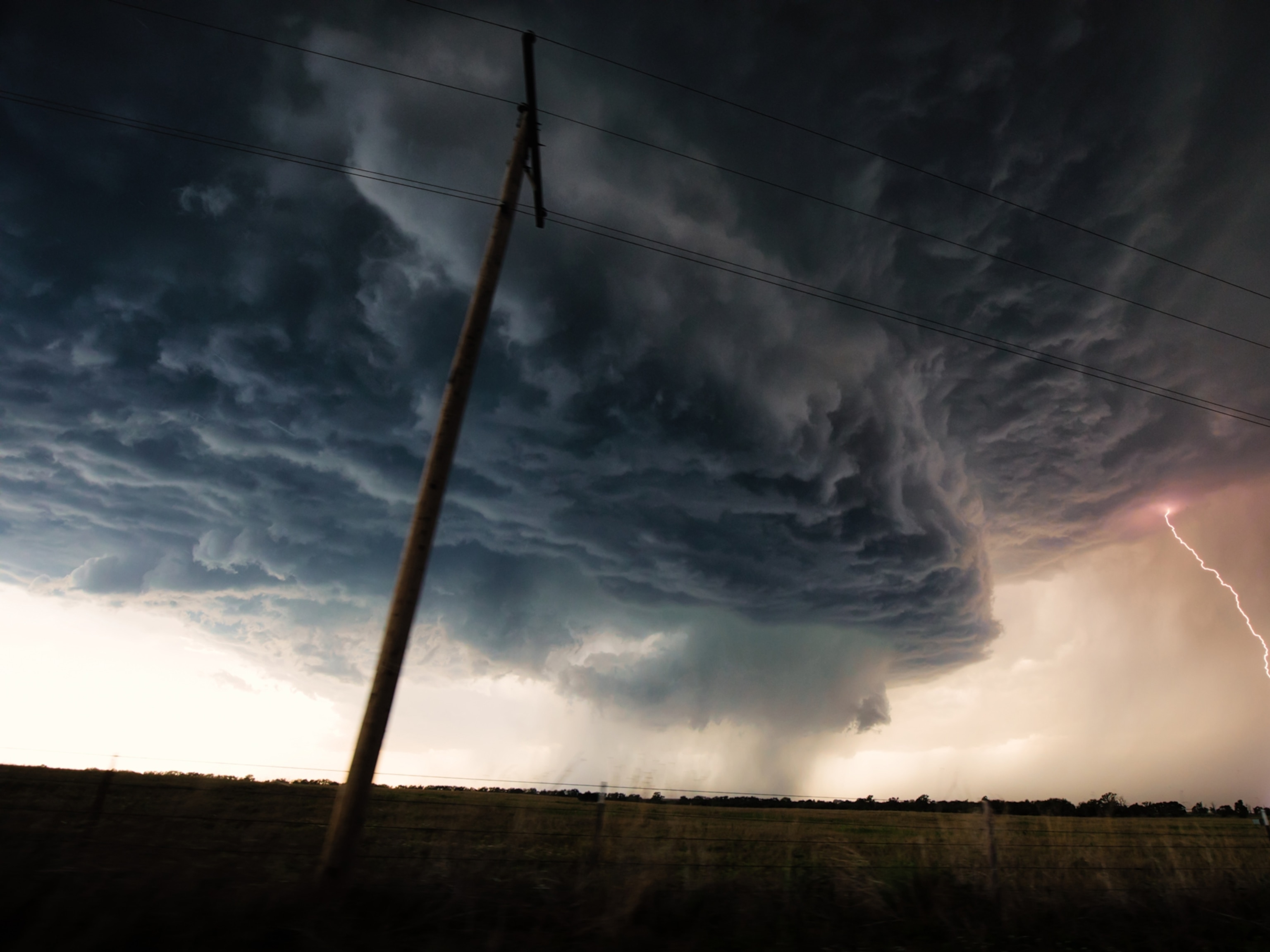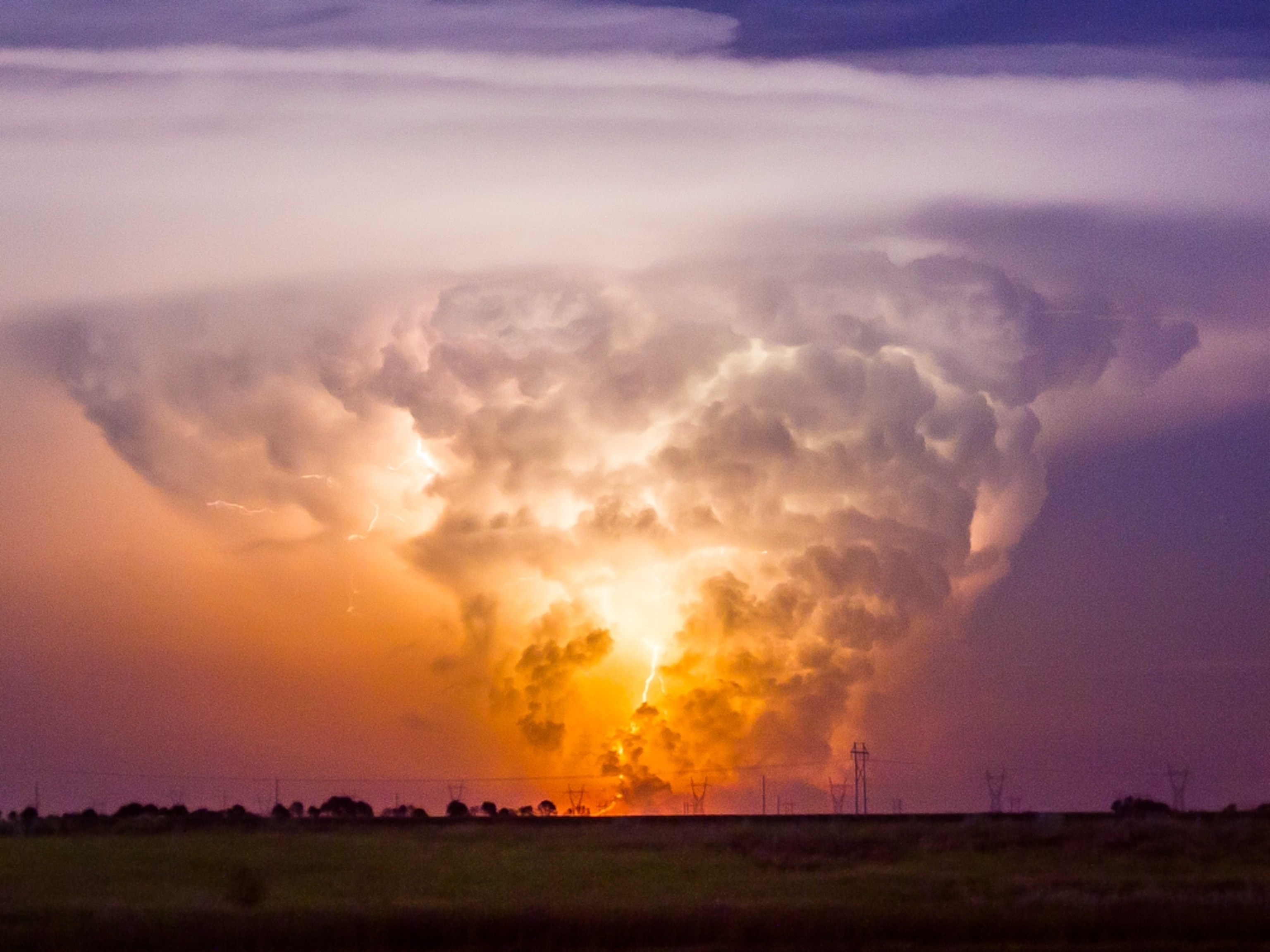Rare Video Shows Twin Waterspouts Spinning Over a Beach
The long, thin spouts are some of weather's most uniquely shaped formations.
In Cortez in southwestern Florida, a rare sight was captured on camera: During a rainy day, two waterspouts emerged from a stormy sky at the same time, like straws poking through turbulent, gray storm clouds.
The twin waterspouts seemed to have appeared within less than half a mile of each other. As the videographer pans back and forth, the waterspouts can be seen condensing into denser and more complete funnels at both ends of the screen.
Local news station Fox 13 reported that the twin spouts moved west after they spun into formation near the beach. No known injuries resulted, but spouts haven't always been so unassuming.
Video from 2015 shows a waterspout whipping over a New Jersey man's house. While calmly watching a storm roll in, two friends in the video were suddenly subject to a deluge of wind and water as the column engulfed their residence, tossing objects into the air.
So what causes these watery tubes of rotating air?
The National Weather Service describes waterspouts as belonging to two categories: tornadic and fair weather. Tornadic water spouts, as their name might imply, form on land and become waterspouts when they move over water. Fair weather spouts, on the other hand, develop over open water and work their way upward. By the time people are able to see a funnel in a fair-weather spout, the column is near maturity and likely close to dissipating.
Both types of waterspouts appear more frequently in warm, humid regions, and as such they're often spotted in Florida.
Despite their captivating appearance, tornadic (and to a lesser extent fair-weather) waterspouts have the potential to be deadly. Therefore, the National Oceanic and Atmospheric Administration advises extreme caution in their presence.





